The entire border with Russia has become a deadly divide between two worlds, and the people of the Semenivka community in Chernihiv are often caught in the crossfire. Located in the Novgorod-Siversky district, this community, which shares the region’s longest border with Russia (138 kilometres), is frequently mentioned in daily reports of enemy shelling.
The Russian military kills civilians, destroys homes, farms, and equipment, relentlessly attacking the town and nearby villages with artillery, mortars, Grads, Shaheds, unguided bombs, and missiles.
After more than two years of full-scale war, most villages in this region, marked as “possible hostilities areas,” have become desolate. Some are now wastelands—a grey zone…
All Roads Lead to Serhiy Dedenko
Following missile strikes and drone attacks last year on the Semenivka Town Council, its staff works remotely or from safer locations. All except Serhiy Dedenko, the community’s head, who continues working in his office on the first floor of a half-ruined building.
On August 23, 2023, just before National Flag Day, a kamikaze drone struck the building. The staff cleared the debris, patched the windows, and constructed a temporary roof themselves. Full repairs are costly, and as they say, now isn’t the time.
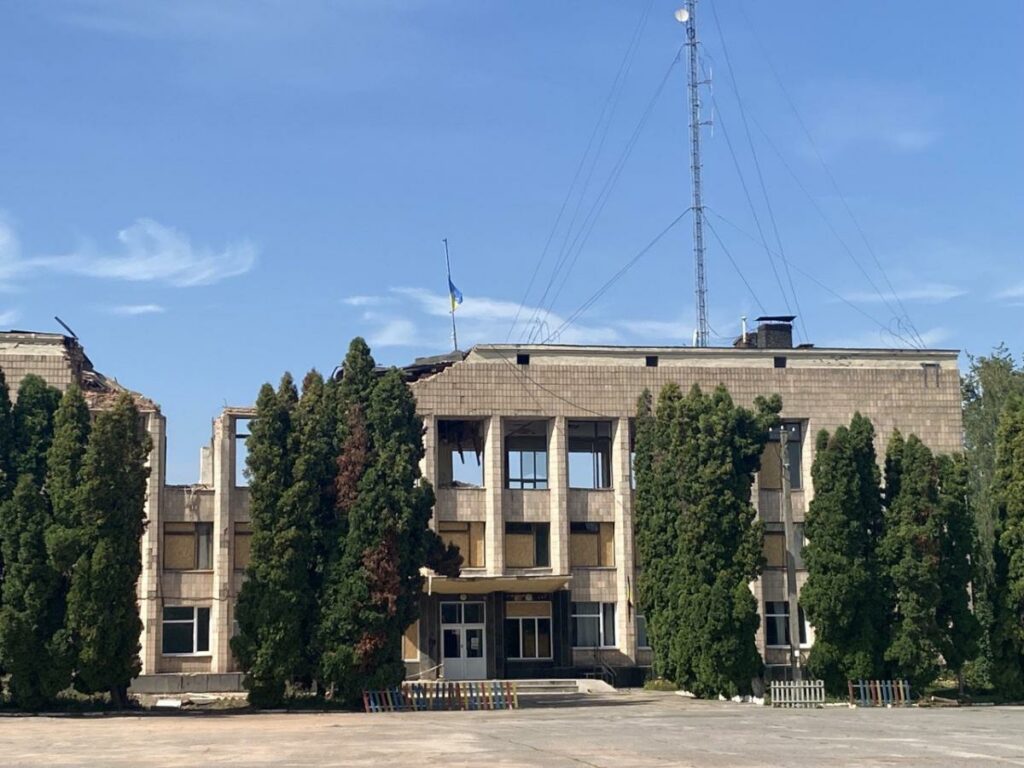
As I travelled to this northernmost Ukrainian town, passengers on the Semenivka-Masheve bus asked anxiously if I feared going there, and what motivated me. Naturally, my first question to Serhiy was whether he was afraid of living and working so close to the Russian border. After all, it’s just 12 kilometres through the woods to the border, with the outermost homes only 100-500 meters away.
On February 24, 2022, at 4:30 a.m., Serhiy was already at work. By 6 a.m., he heard the first Grad volleys, and an hour later, Russian military convoys passed through the town. From then on, his office became a second home. During the “quiet occupation” when Semenivka was cut off from the regional centre like an island, Serhiy stayed. After the Russians retreated, the community was subjected to relentless terror.
“I look up at the mangled ceiling and think, ‘Something’s going to fall on my head.’ But everything that could fall already has,” Serhiy jokes with a smile.
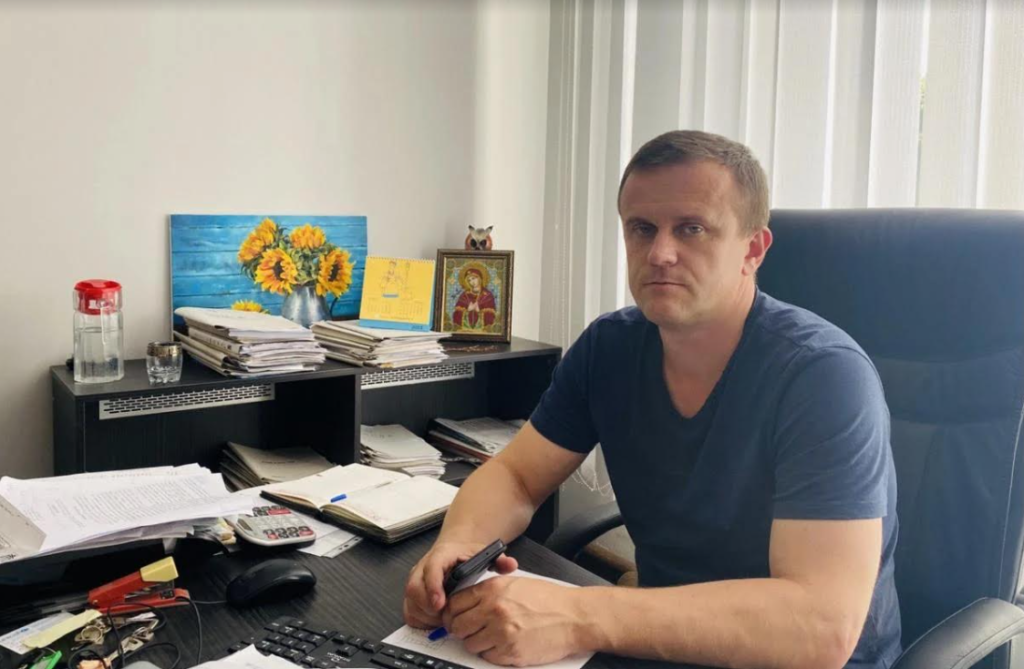
“Since the war began, I’ve only left town for work-related reasons. My deputies and I visit residents to help keep them safe. We’ve developed certain skills to survive, like reacting quickly to your surroundings. Even a simple walk in the park requires caution.”
“This heightened alertness can become second nature. Once, at a forum in Chernivtsi, a swing made a loud noise. Everyone else stood still, but I was already lying on the ground.”
During a recent thunderstorm, my secretary and I hit the floor, thinking it was shelling. We only realised it was thunder afterward. This is how people live here.”
“Another survival habit is wearing comfortable clothes and shoes so you can run or jump quickly, which has saved lives more than once.”
Serhiy himself had to leap over a fence to dodge shelling—suits aren’t practical here.
“I once asked my staff why they didn’t go to the shelter during an air raid. They replied, ‘Because we look so beautiful today.’ So I said, ‘Fine, we’ll put on your tombstones: They were beautiful and in high heels.’ It’s black humor, but we need it to get through.”
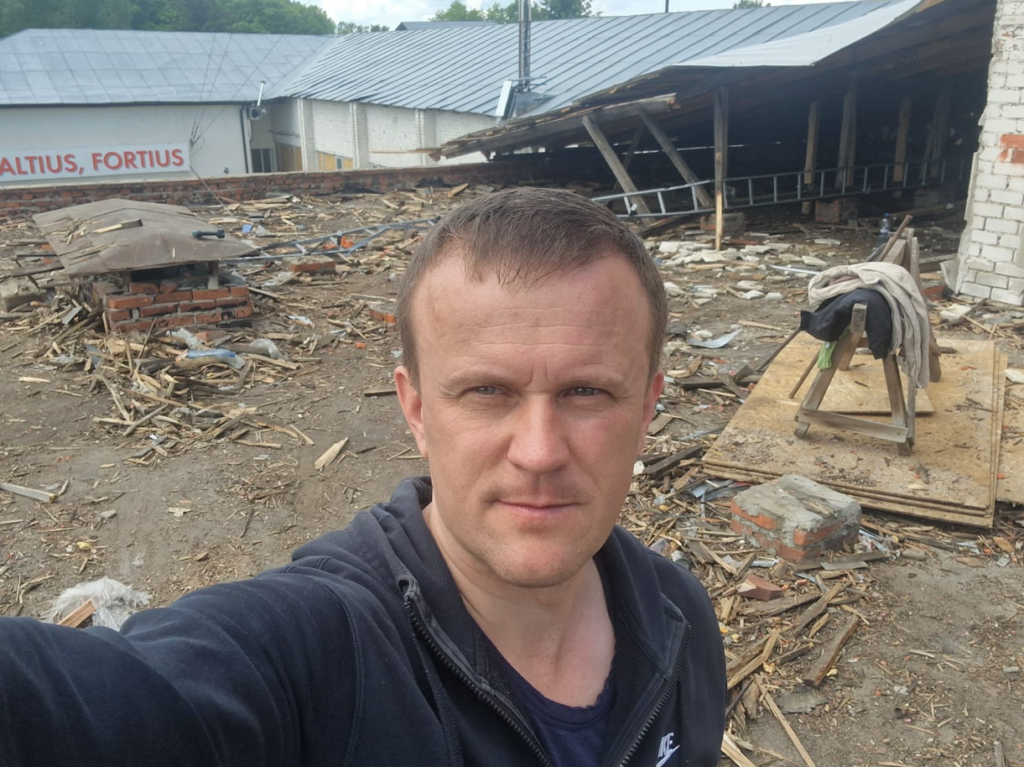
And death isn’t always a strong enough argument
Serhiy reports that 16 civilians from the community have been killed since the full-scale war began, three of them in Semenivka.
“Walking around town is risky unless absolutely necessary. Shrapnel kills people in the streets. Shelling is unpredictable, and there’s no warning for Grad or artillery fire. When artillery shells come, there’s no air raid alert, and no defense system can intercept them.”
Some people’s deaths stand out. On June 14, 2024, Natalia Pustovoit, 56, was killed in Yanzhulivka, just 100 meters from the enemy border. Helping a relative weed pumpkins, she was outside when shelling started. She returned home to check on her chickens, only to be struck by a shell.
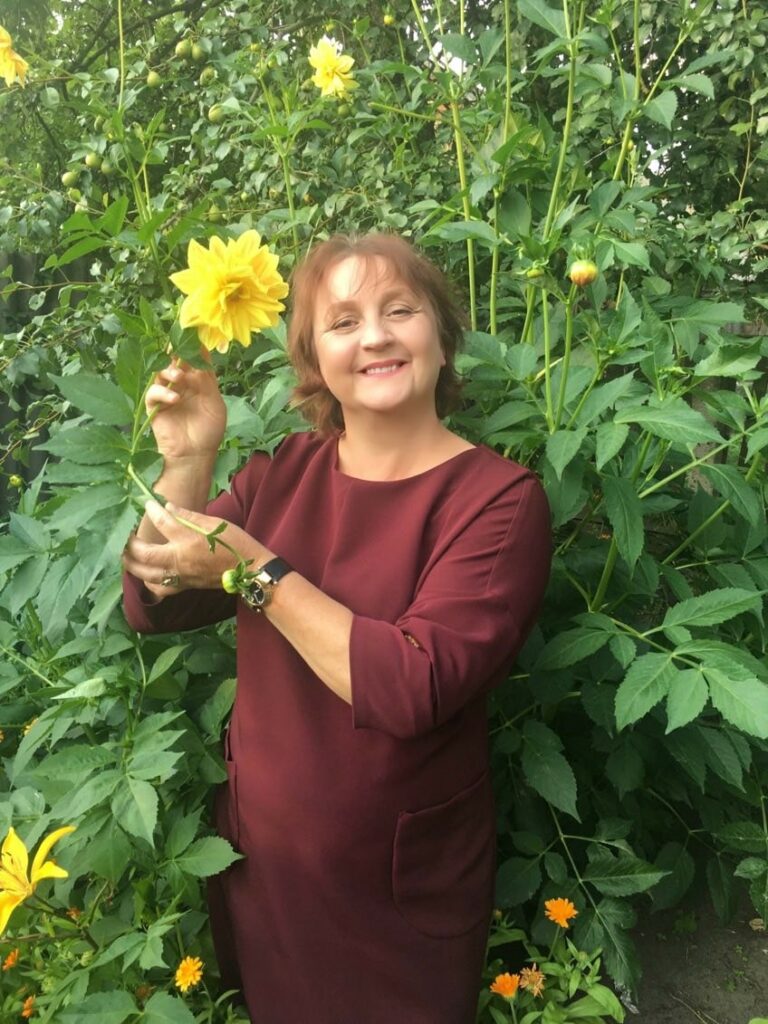
In August 2023, carpenter Eduard Zhmurko, an ATO veteran, died when an explosive dropped from a Russian quadcopter as he rode his bike. He was only 27.
People are killed by shrapnel, artillery, or landmines, but even this doesn’t always convince them to leave.
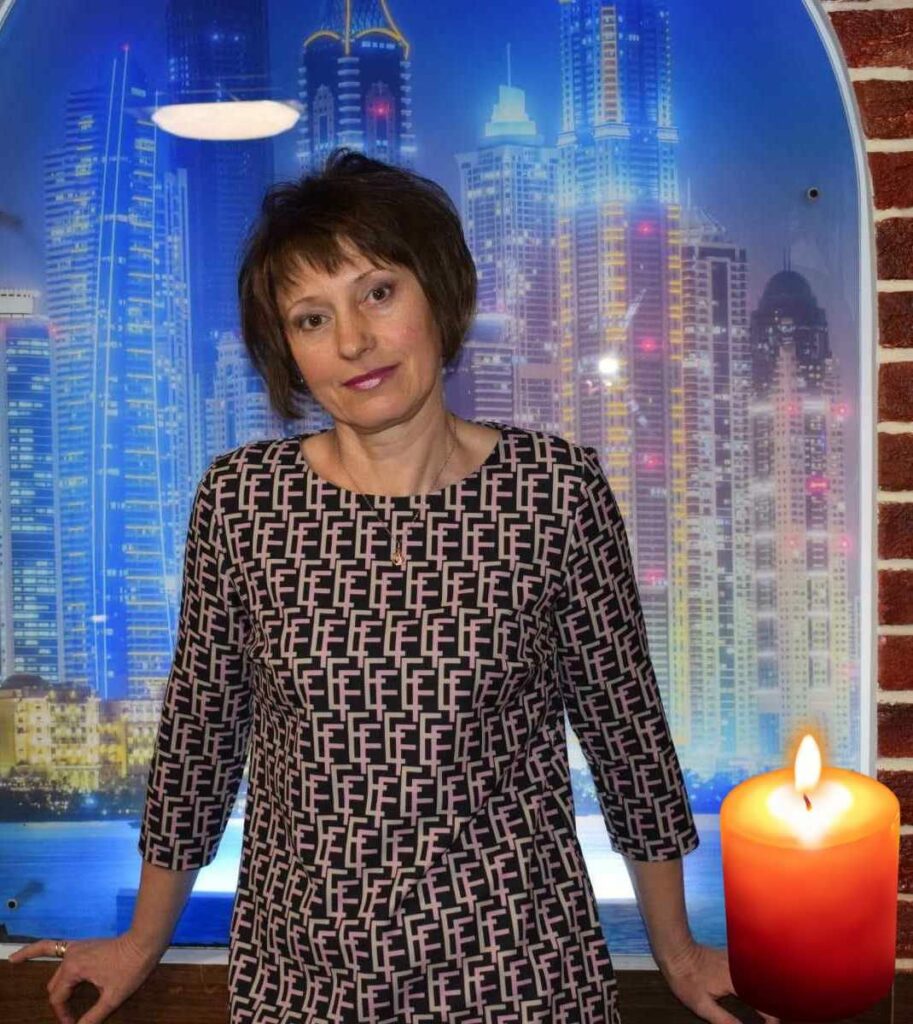
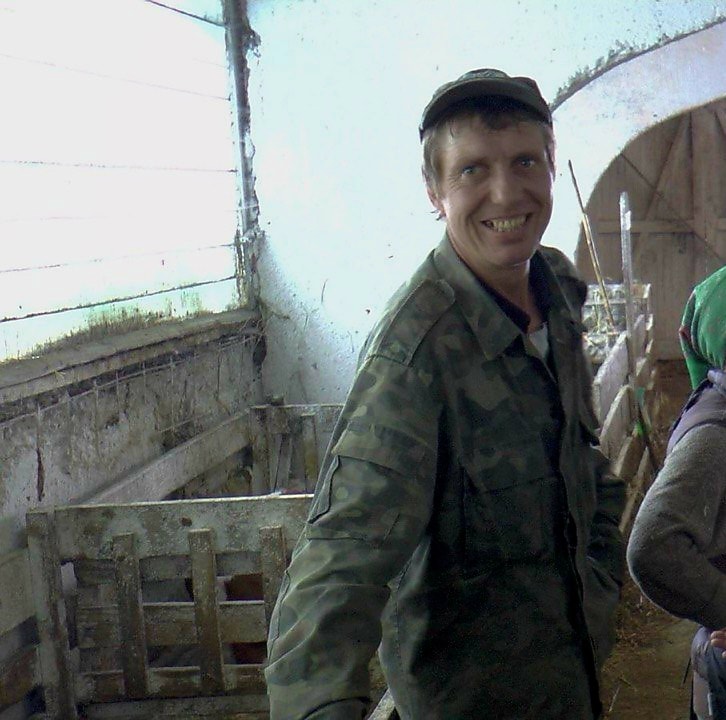
The wounded “heart of Semenivka”
Before the enemy’s full-scale invasion, the central park was the town’s centre of gravity and pride, serving as a venue for recreation, public events, and sporting competitions. Monuments and memorials are plentiful, shared with the Alley of Heroes, a local history museum, cultural institutions, children’s and sports grounds, and a sports school for children and youths.
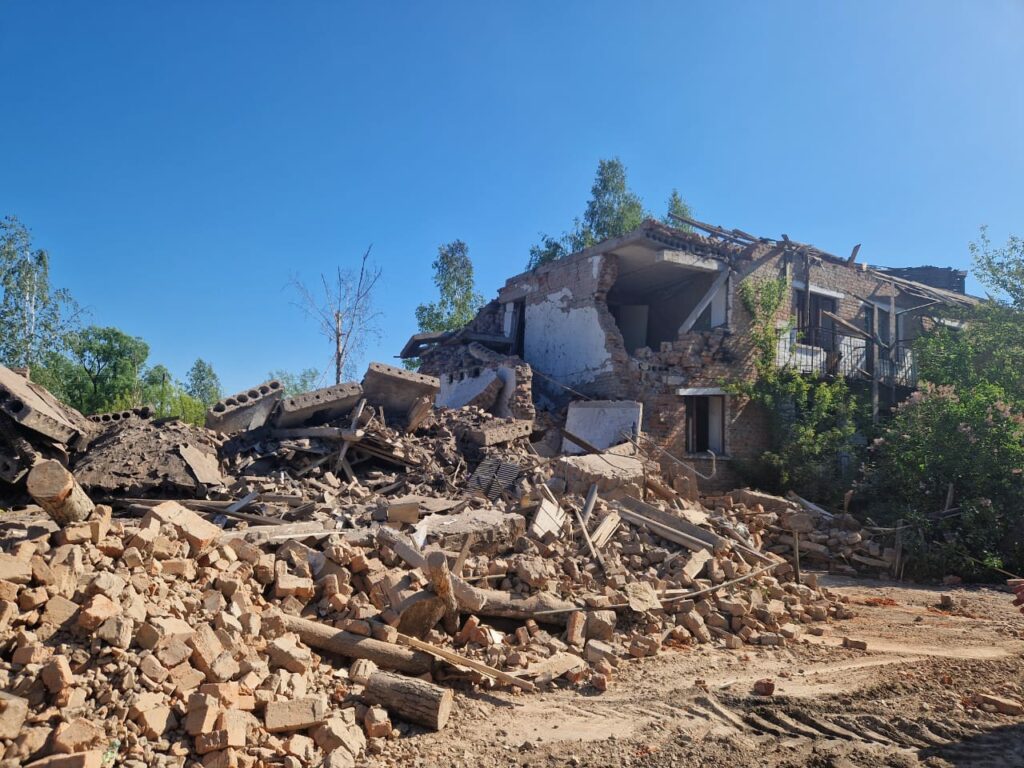
Last summer and fall, the enemy started destroying the community’s utility companies and shelling the town centre. The town council, a local hospital, and a sports school were all hit. The buildings are riddled with shrapnel, and the windows are broken. Anxiety and fear are deeply ingrained in people’s minds; they live like a powder keg, never knowing what, when, or where will happen.
“I’ll be the last to leave the community”
The border community’s current realities include enemy shelling, migration (about half of the population has left the town), a shortage of personnel (particularly doctors), and a difficult economic situation.
Last year, two surgeons, three gynaecologists, and one infectious disease specialist left. However, we were able to entice a surgeon with frontline experience with material benefits: the Syrian Terek Al-Khames represents our first experience attracting foreign specialists to work in a border community.
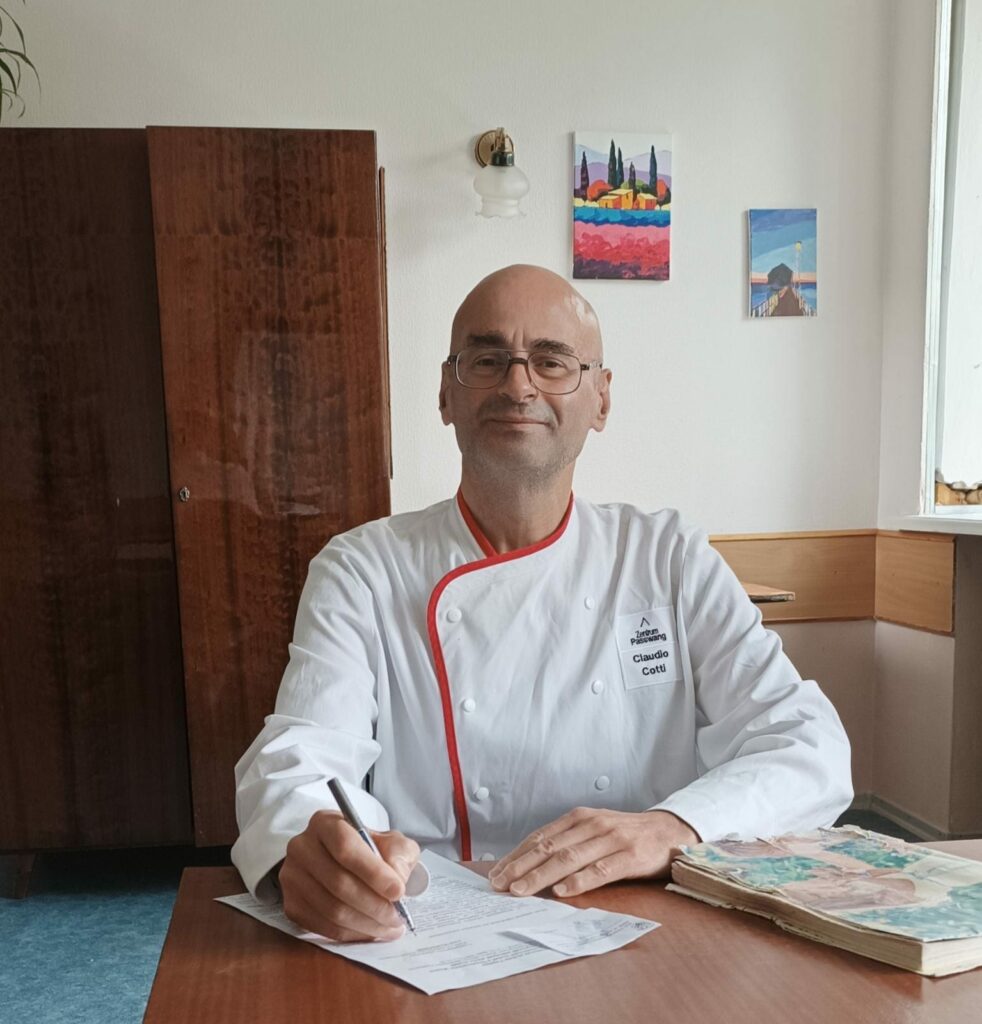
The local authorities, along with the police, explain why people need to evacuate to a safe location. They provide all necessary assistance for leaving (including fuel to fill cars during evacuation, vehicles to transport people’s belongings, and sometimes help with loading), as well as facilitating the search for housing in other communities in the region. People, however, cling to their homes, property, and gardens until the bitter end. They are convinced that “no one anywhere is waiting for them with open arms.”
“The centre of Semenivka is deserted because one shelter in the park cannot keep everyone safe during shelling. However, the community has not collapsed: utility workers, medical personnel, and local government are all functioning. We have already had two offices damaged. The enemy appears to be hunting for our administrative buildings. That is why the town council staff is spread out.”
“As chairman, I travel between offices all day and visit my colleagues, even though before the big war, I might not have seen anyone in months. It is critical because limited communication causes psychological distress for some people. In a figurative sense, I’ll stay in Semenivka until the end, much like a ship captain. And if I have to leave, I will be the last to leave town.””
Despite the danger and life on a powder keg, divided into “before” and “after” the war, people believe in victory. National flags fly on the streets of the patriotic town, flower beds bloom in the park, and you can drink aromatic coffee and discuss life in a shop with the lofty name “Paris”.
Brave ambulance substation paramedics respond to calls (though not in all villages). Shops are open, and people are given humanitarian aid and, if necessary, building materials to repair damaged homes.
Serhiy Dedenko, the town council’s head, prioritises the evacuation of the local population, the protection of infrastructure facilities, and the liquidation of the consequences of enemy attacks. Every day, he completes his important tasks with confidence, calmness, and speed. Its what’s needed for this town’s leadership in a moment of crisis. A moment that has extended into years.
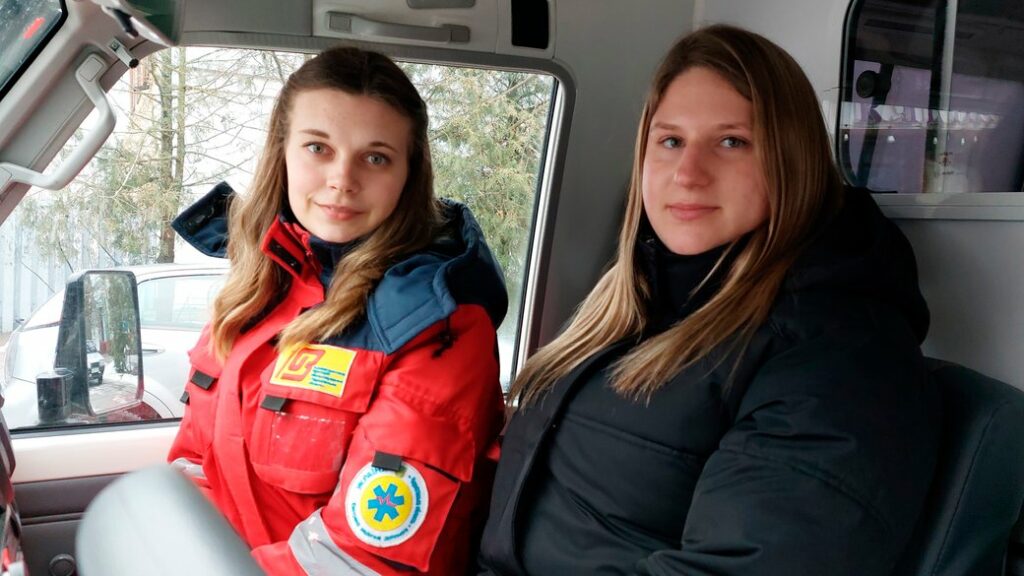
Olha Cherniakova
Photos by the author and from Serhiy Dedenko’s archive
Listen to the audio version at the link.
Supported by the U.S. Embassy in Ukraine. The views of the authors do not necessarily reflect the official position of the U.S. Government.



